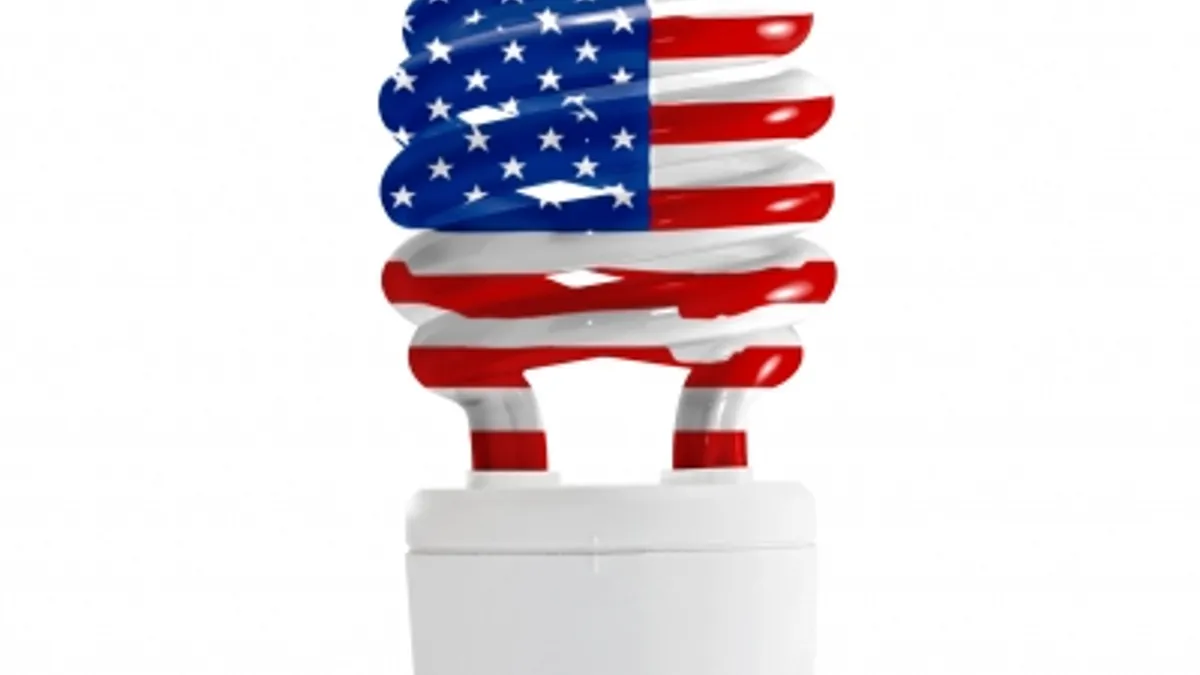Dive Brief:
- American Utilities’ energy efficiency program budgets in 2013 totaled $7 billion, 30% higher than in 2010, according to State Electric Efficiency Regulatory Frameworks from the Institute for Electric Innovation (IEI). By 2025, the report predicts, those budgets will be over $14 billion, driven by expanding state mandates and policies.
- Three key regulatory mechanisms align energy efficiency incentives in a way that allows utilities to compare them to supply-side investments: direct cost recovery, fixed-cost recovery, and performance incentives.
- In 2012, electric utilities conserved some 126 terawatt-hours through efficiency programs. 32 states have approved fixed-cost recovery mechanisms, including 14 with revenue decoupling and 19 with lost revenue adjustment mechanisms. Connecticut and Ohio have both revenue decoupling and lost revenue adjustment mechanisms. 29 states have performance incentives and Montana and West Virginia are evaluating them.
Dive Insight:
Direct cost recovery allows utilities to recover costs of program administration, implementation, and actual costs through rate cases, system benefit charges, and tariff rider/surcharges.
Fixed-cost recovery provides utilities with decoupling and lost revenue adjustment mechanisms so they can recover revenue lost to decreased volumetric sales created by efficiencies: “The purpose of electric efficiency programs is to reduce the consumption of electricity; decoupling and lost revenue adjustment mechanisms allow for timely recovery of fixed costs,” IEI reports.
Performance incentives reward utilities for reaching certain electric efficiency program goals and impose penalties for performance below agreed-upon goals.
The bulk of the IEI report provides granular detail on state-level programs. An example: Since the 2013 IEI report, Mississippi has most significantly expanded its support of utility investments in efficiency programs by adding both a lost revenue adjustment mechanism and a performance incentive.














